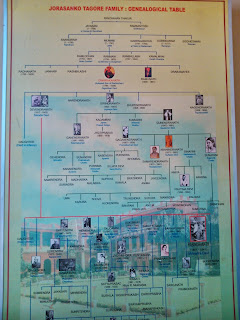Cultural Heritage
Before the initiation of British Raj in India, along the west bank of
river Hooghly, only within an area of 100 kms, Portuguese, Dutch,
Dinemar, French, German merchants wanted to establish their trades.
Their trades never been fruitful, but, the towns like Bandel, Hooghly,
Chuchura, Chandanngar & Serampore still have the signs of their
presence and cultural memories. The inception of Bangla printing and
European education was held here. The work of writing history of this
area had been initiated two historian - Suranjan Das and Basudeb
Chattopadhyay. After the untimely demise of later one, this work
completed by Suranjan Das recently. He is the VC of Calcutta
University. The book named: Europe And The Hooghly : The European
Settlements On The West Bank Of The River (K P Bagchi). The book has
many rare photos of that period too. Andre Beteille, famous
sociologist and writer of India, will publish the book on 24 April,
2014 at 3 pm in Calcutta University campus auditorium of Alipore.
Centre For Social Sciences & Humanities is the organiser of this
function.
--
A. B.
river Hooghly, only within an area of 100 kms, Portuguese, Dutch,
Dinemar, French, German merchants wanted to establish their trades.
Their trades never been fruitful, but, the towns like Bandel, Hooghly,
Chuchura, Chandanngar & Serampore still have the signs of their
presence and cultural memories. The inception of Bangla printing and
European education was held here. The work of writing history of this
area had been initiated two historian - Suranjan Das and Basudeb
Chattopadhyay. After the untimely demise of later one, this work
completed by Suranjan Das recently. He is the VC of Calcutta
University. The book named: Europe And The Hooghly : The European
Settlements On The West Bank Of The River (K P Bagchi). The book has
many rare photos of that period too. Andre Beteille, famous
sociologist and writer of India, will publish the book on 24 April,
2014 at 3 pm in Calcutta University campus auditorium of Alipore.
Centre For Social Sciences & Humanities is the organiser of this
function.
--
A. B.



Comments